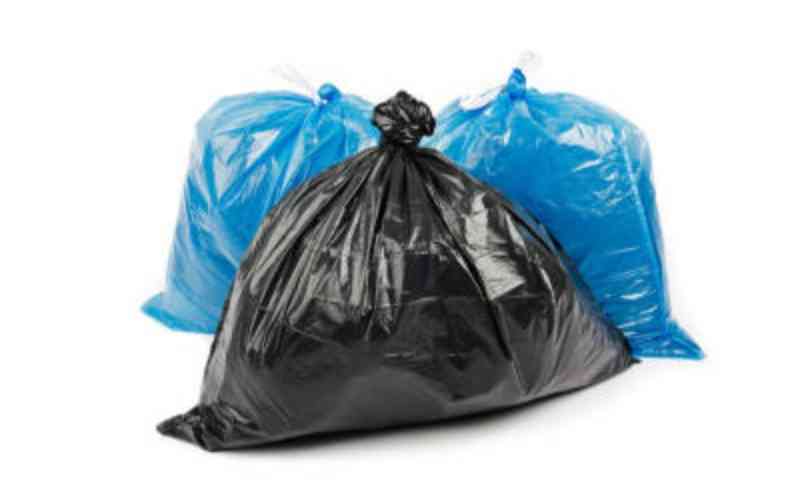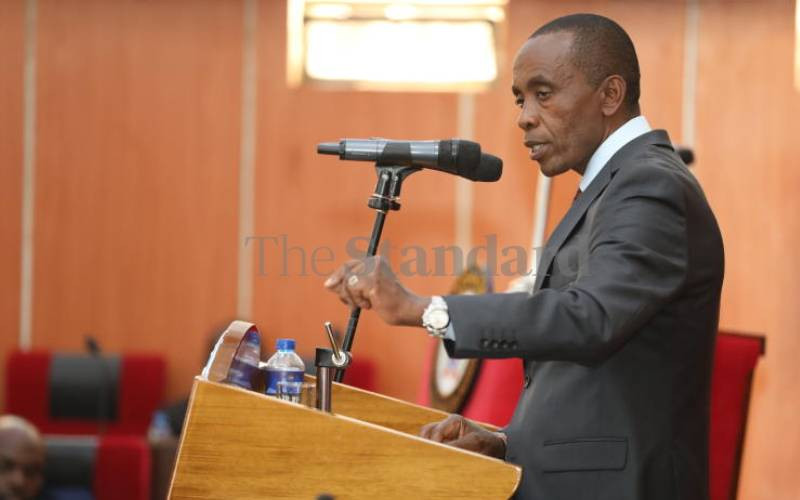As the world marked the World Wetlands Day yesterday, the people of Kikuyu in Kiambu County had little to celebrate. Their most important and unique wetland, Ondiri Swamp, is a charred wasteland, courtesy of a bonfire lit by unscrupulous vegetation merchants.
Only last month, the sky over the swamp was a dark smoky cloud after unknown people set it on fire. This has become a most unfortunate ritual that repeats itself during the dry season.
It is suspected that people who harvest vegetation in the swamp to sell as fodder are behind this wicked incident.
Ondiri is Kenya’s largest highland bog. However, the word swamp is a misnomer because it is not a swamp per se but what is known as a peat bog.
Peat bogs are unique ecosystems and are mostly found in temperate regions of the world.
Ondiri, located about 25km west of Nairobi, is also what is known as a quaking bog because of how it quakes when stepped on, giving the surreal impression of a giant bouncing castle.
The word Ondiri is a Kikuyu corruption of ‘old lake,’ the name it was given by white colonialists when they first encountered it. Local lore has it that it was then an open lake that the locals referred to as: Kihenia, Kikuyu for “the one that shines.”
Ecotourism
While some of us have been trying to develop it into an ecotourism site, the challenges are, in a word, daunting.
Those, like me, who have studied the bog over time, know that more than ever before, it faces a multiplicity of natural and anthropogenic threats that unless mitigated, will undoubtedly consign it into what in ecology is referred to as ‘ the tragedy of the commons’.
This means a resource that has no real ownership, a free-for-all, if you will. It is a scenario where everybody wants to derive maximum gain yet nobody is willing to have any input in its conservation and management.
Apart from the massive harvesting of vegetation that takes place, thousands of litres of pesticides find their way to the bog, emanating from the hundreds of greenhouses that surround the entire swamp.
Some of these greenhouses have been constructed all the way to the edge of the swamp, ignoring the riparian reserve.
While Ondiri provides all the other functions provided by wetlands, it has the additional benefit of climate change mitigation. This is because being a peat bog, it has the added attribute of sequestering carbon, which is common to all peat bogs.
The pesticides flowing into the swamp have put paid to the birdlife of the swamp and you will be hard pressed to sight more than five birds at any one time. In 1998, with friends from Nature Kenya in Nairobi, we were able to count 23 bird species in one afternoon.
Stay informed. Subscribe to our newsletter
As late as 2004,researchers conducting a baseline study of the swamp were able to record 41 species of birds.
Ondiri was, therefore poised to become an Important Bird Area (IBA), until the advent of the greenhouses that grow horticultural produce for Kikuyu town and beyond. Dozens of bird species have disappeared.
Water source
But above all these, Ondiri swamp has been shown to be an underground water source for Kikuyu Springs which provides water to Nairobi City and Kikuyu town residents.
It is in fact, the oldest water source for Nairobi residents. It is said to provide water to a number of affluent Nairobi areas including Muthaiga and Karen.
Kiambu County has given the conservation of Ondiri a wide berth and so has the City of Nairobi. We hope this article will be a wake-up call to these two county governments whose residents derive a lot of benefits from the swamp.
Kiambu CEC for water and environment has already expressed his concern over the swamp’s degradation but all this notwithstanding, our hopes are now pegged on Deputy President William Ruto, an indefatigable champion of wetlands on whose conservation he recently earned doctorate degree.
Even as the DP spearheads development of infrastructure in Kikuyu constituency, he will do the people of Kikuyu and Nairobi a world of good by helping them with resources to conserve and manage this gem of a wetland.
We have put together a comprehensive proposal for its conservation and management that we can share with him.
- The writer is a science journalist and chairman of Green Fingers Community Initiative, a Kiambu CBO working to conserve Ondiri and other wetlands. [email protected]
 The Standard Group Plc is a
multi-media organization with investments in media platforms spanning newspaper
print operations, television, radio broadcasting, digital and online services. The
Standard Group is recognized as a leading multi-media house in Kenya with a key
influence in matters of national and international interest.
The Standard Group Plc is a
multi-media organization with investments in media platforms spanning newspaper
print operations, television, radio broadcasting, digital and online services. The
Standard Group is recognized as a leading multi-media house in Kenya with a key
influence in matters of national and international interest.
 The Standard Group Plc is a
multi-media organization with investments in media platforms spanning newspaper
print operations, television, radio broadcasting, digital and online services. The
Standard Group is recognized as a leading multi-media house in Kenya with a key
influence in matters of national and international interest.
The Standard Group Plc is a
multi-media organization with investments in media platforms spanning newspaper
print operations, television, radio broadcasting, digital and online services. The
Standard Group is recognized as a leading multi-media house in Kenya with a key
influence in matters of national and international interest.








